How small particles, such as colloids, move through the soil is important to understand as many pose a significant threat to public and environmental health.


How small particles, such as colloids, move through the soil is important to understand as many pose a significant threat to public and environmental health.

Through veiled mirrors: Fish fins help researchers understand relative growth and proportion in developmental biology.
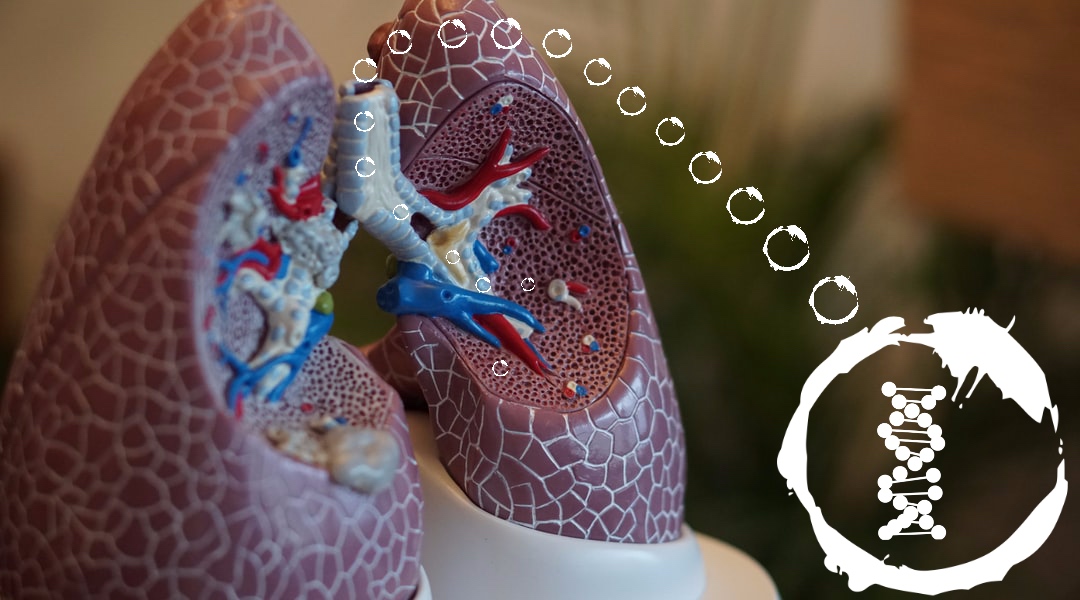
A nanocarrier that can deliver siRNA into the lungs is investigated for the treatment of severe asthma and other lung diseases.
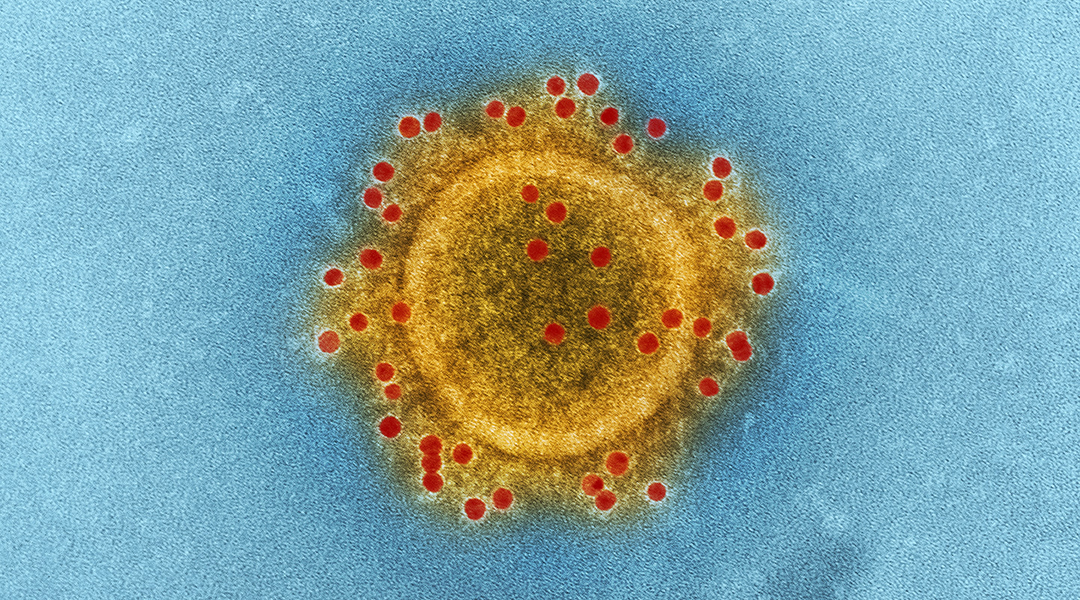
SARS-CoV-2 is being added to VirScan’s library, a virus scanning tool that can identify thousands of past and present pathogens in a single drop of blood.
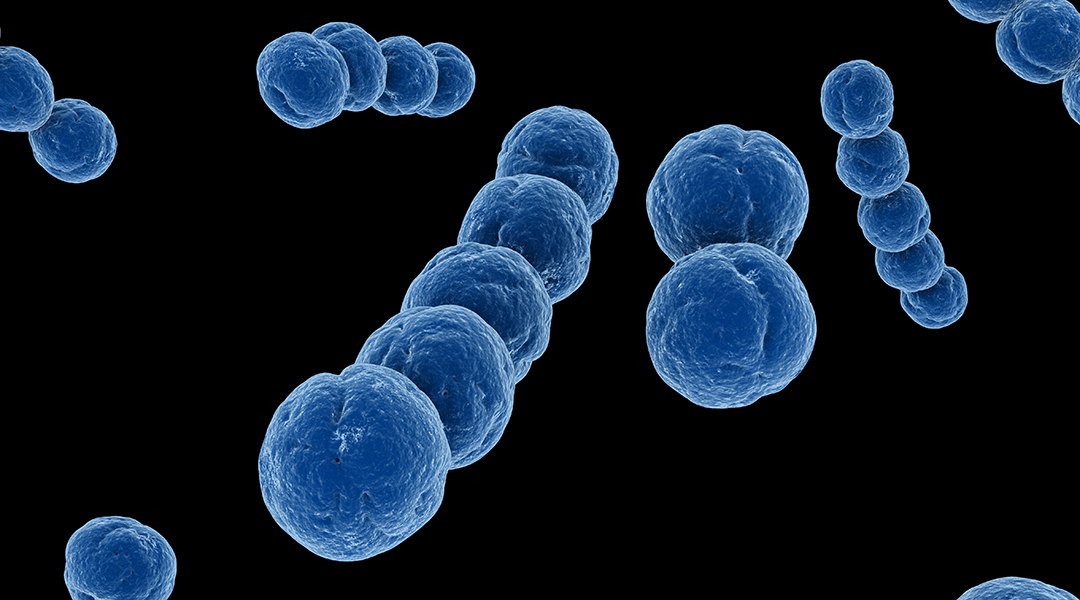
A recent study discovers that CRISPR can be used for a number of different purposes by diverse biological entities, not just humans and bacteria.
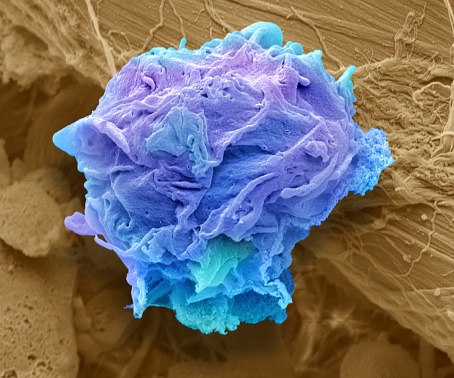
One drug, three modes of action: Clinicians combat the drug resistances of some cancer types by using a combination of different drugs.

Every gene found in our DNA exerts its action via the activity of its encoded protein product. However, the synthesis of the protein cannot take place directly from the gene. An intermediate messenger RNA (mRNA) molecule is first produced from the gene via a process...

Researchers solve some of the drawbacks related to DNA-based information storage by using synthetic macromolecules as an alternative for data encoding.
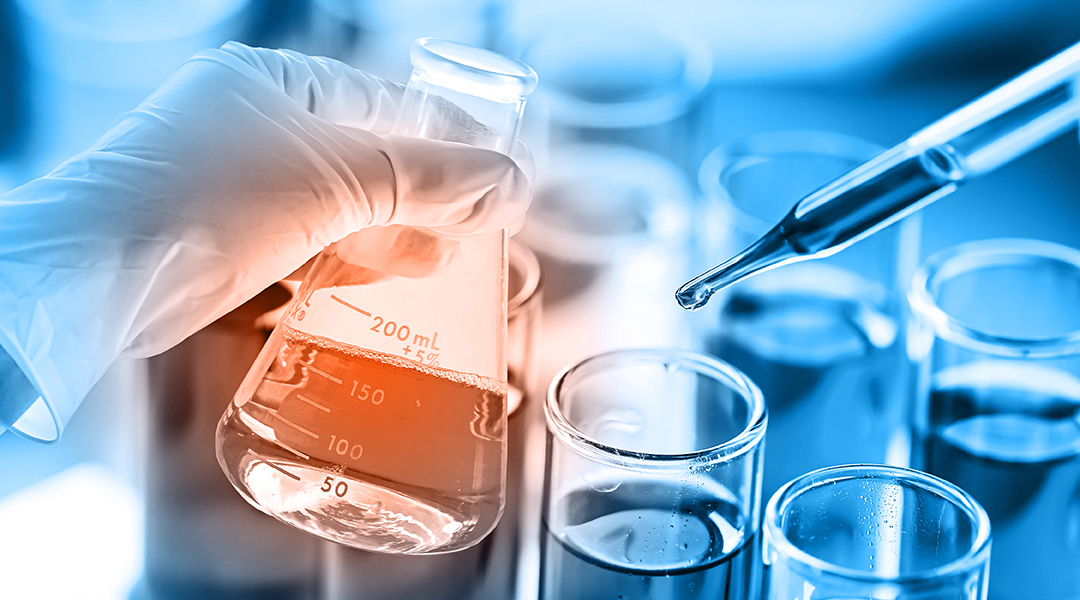
An automated microfluidics‐based reaction system provides hands-off synthesis for the modern lab.

A new take on CRISPR allows researchers to “paint” cells and observe never-before-seen cellular processes in great detail.